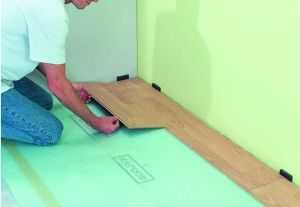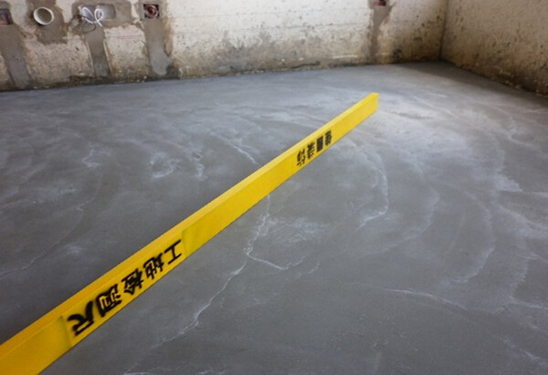
One, within 2 square meters of the gap more than 3 mm is uneven on the ground
According to the requirements of paving the ground in the White Paper on Strengthening Flooring Quality in China issued by the Committee on Flooring of the China Forest Products Industry Association, the maximum surface clearance from the ground measured by a two-meter ruler should not exceed 3 mm. According to reports, the national construction ground industry standards for the ground leveling for home improvement is: within 2 square meters of the gap> 3 mm, belonging to the ground uneven; 2 square meters within the gap ≥ 5-10 mm, is a serious uneven; 2 square meters within the drop ≤ 3 mm, which is qualified on the ground.
According to Yulin Lin, the director of the Forest Products Quality Inspection Station in Shaanxi Province, the most fear of floor unevenness on the wooden floor is how to identify it. We generally use a two-meter ruler to measure carpets. That is, the cross direction measurement is performed at the same position. If more than 3 mm or even 5 mm of clearance appears below the ruler, it means that the ground is uneven and has exceeded the pavement requirements of the wooden floor.
Some people think that 3mm doesn't matter much. If you force the floor, the floor will be empty, the locks will be broken, the corner will be gray, and the floor will feel like a seesaw. This will be a big loss. If the owner suffers damage due to forced construction, the floor company may not give you compensation. Therefore, if the floor is installed, whether it is solid wood, reinforced or reinforced composite flooring, the pre-treatment of the ground is very important. In addition, if the ground is not strong enough, you can use the feet to pick up ash, which is what we often say ash. This phenomenon is very annoying after you clean the floor. No matter how you clean the corner, you will keep ashing on the floor. People walked on the floor and exerted pressure, causing all the ash to emerge from the kick seams and the corners of the wall. This was caused by the insufficiency of the base layer when the ground was leveled.

